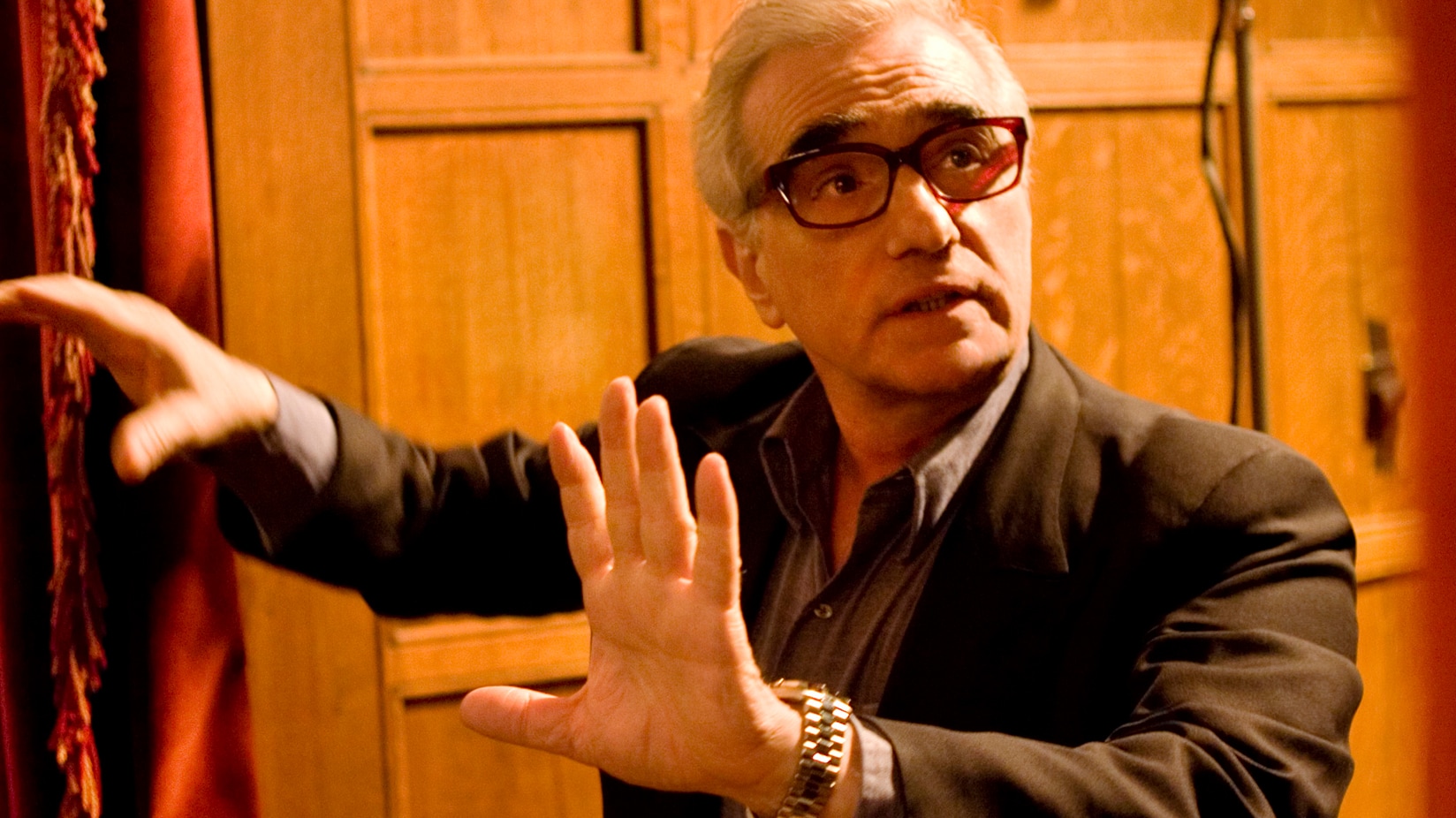In his time, Vincente Minnelli was known as a great fantasist. Which is true enough. But the films he made without any fantasy elements whatsoever—like The Clock or The Bad and the Beautiful—are just as hallucinatory as anything in The Pirate or Ziegfeld Follies. Everything is grounded in a complete encompassing vision. The ballet in An American in Paris, which was inspired by the ballet in The Red Shoes, is much more than just an homage to French impressionism. It’s a completely distinct work that grows from an immersion in impressionist paintings, not just the palette but the attitude, the sense of the world, translated into cinema.
Apparently, Minnelli’s favorite part of the filmmaking process was the research, when he would create sketchbooks and maquettes that reflected his training as a set designer—someone at MGM called it “Vincente’s paper dolls.” For Meet Me in St. Louis, one of his greatest pictures, he sat down with the author Sally Benson and had her describe every square inch of her life growing up in St. Louis at the turn of the century, and he had the researchers comb through the MGM collection for reference images. The studio expected him to take the standing sets for the Andy Hardy series and re-purpose them, but Minnelli and producer Arthur Freed convinced their bosses to let them build a whole new street with architecture that reflected the houses of Benson’s childhood (and Minnelli’s in Ohio). And, from Minnelli’s meticulous arrangement of the physical world of his pictures, the actors had a rich environment in which to bring their characters to life.
If you look at Meet Me in St. Louis (which TCM has programmed in a curious monthlong series called From Hollywood to the Heartland) back-to-back with other period musicals, you’ll see that there is absolutely nothing generic, not one detail of décor or costume or body language, and that the inevitable contemporary elements are very carefully blended into the action and the staging. Later in the month, there’s another great Minnelli picture set in the Midwest, Some Came Running—a non-musical melodrama. Minnelli always wanted to shoot on location when he thought it was necessary for the picture (he and Gene Kelly were bitterly disappointed when they were told that they wouldn’t be able to shoot Brigadoon in Scotland), and he started Some Came Running with three weeks of exteriors in Madison, Indiana. The exteriors and the interiors, shot in Hollywood, are more than just complimentary. They’re one great organic whole.
I also want to say a brief word about the tribute to the Nicholas Brothers on the 18th. Harold and Fayard Nicholas were great American artists, real dancers’ dancers, who had a massive influence on everyone from Gene Kelly (who danced with them in the finale of The Pirate—sadly, not included in the tribute) to Gregory Hines to Michael Jackson and beyond. If you’ve never seen their jaw-dropping climactic production number in Stormy Weather, which is in the tribute, I can say with confidence that it will leave you open-mouthed.









































